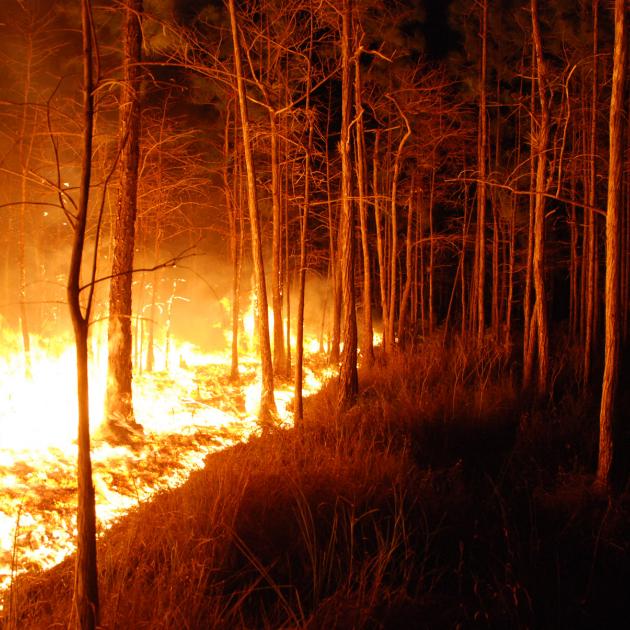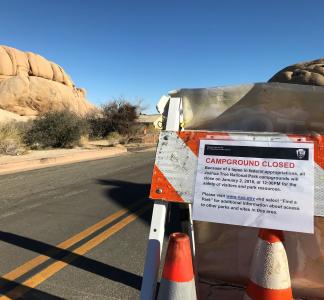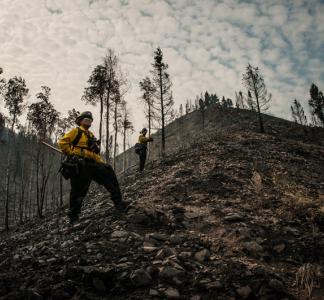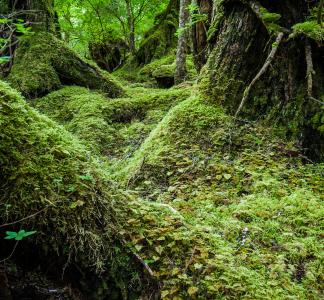Utah files petition to log its wildest forests
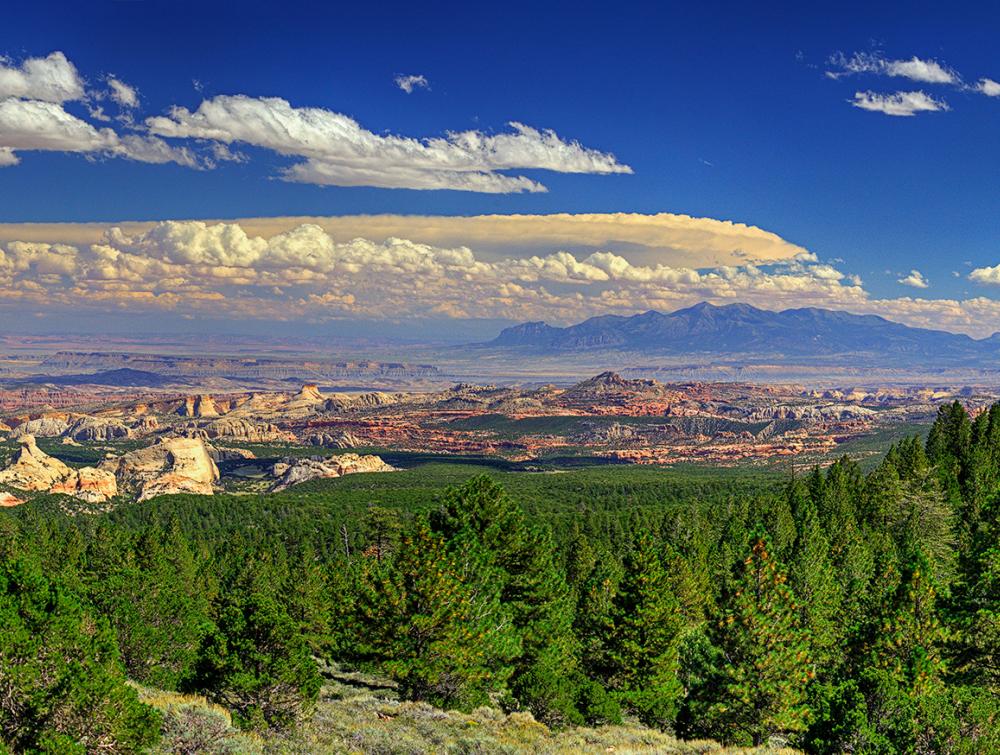
Inventoried Roadless Area in Fishlake National Forest, Utah
Tim Peterson
4 million acres of “roadless” forest at risk under proposal
Utah Gov. Gary Herbert has officially petitioned the U.S. Forest Service for exemptions from the Roadless Rule, which has protected millions of acres of America’s wildest forests from logging and development for nearly two decades.
The proposal could open the door to road construction, timber harvesting and other development in Utah forests and nationwide
If successful, Utah’s proposal could open the door to road construction, timber harvesting, mining and other development in some uniquely unsullied patches of the Dixie, Uinta, Wasatch-Cache and other national forests. It would not only endanger habitat and clean drinking water for millions of Utahns, but set a dangerous precedent that could undermine the rule nationwide.
Tools & Resources
What’s even worse is that Utah has been pursuing this course of action in a way that shirks transparency and public input. The State of Utah Public Lands Policy and Coordination Office recently asked county commissioners across the state how they would prefer to manage roadless forests in their jurisdiction, but solid information about what the counties have proposed is hard to come by.
“Not only are millions of Utahns’ drinking water and favorite recreation spots at stake, but these moves would unravel protections on America’s most treasured and undeveloped public lands,” said Josh Hicks, roadless defense campaign manager at The Wilderness Society, in a statement. “Across the state and the country, America’s public lands are in the crosshairs, and this move will drastically expand the human footprint into our last remaining natural places.”
Logging push under guise of wildfire prevention
The 2001 Roadless Area Conservation Rule established that some parts of the National Forest System should not allow road construction, timber harvesting and other development. The patches of forest where the Roadless Rule is in effect are called "inventoried roadless areas." These make up nearly 30 percent of national forest land, and you have very likely used them to hike, camp or otherwise enjoy nature. Utah national forests contain about 4 million acres of inventoried roadless land.
Utah claims its efforts to sidestep the Roadless Rule are intended to help reduce the risk of wildfires, but the governor’s proposal would actually do the opposite. It would direct important resources away from the forests in and around communities where people live, where the risk of fire damage is highest.
If the governor were serious about reducing wildfire in Utah, he would work to check runaway development in fire-risk areas and direct forest management resources to lands where wildlands transition to developed cities and towns (referred to as the “Wildland Urban Interface”). By contrast, building roads into remote forest areas will do nothing to make Utahns safer from fire.
Soon we will be reaching out to Utahns to weigh in on this shortsighted plan and let the Forest Service know our wildest forests should remain untouched.
